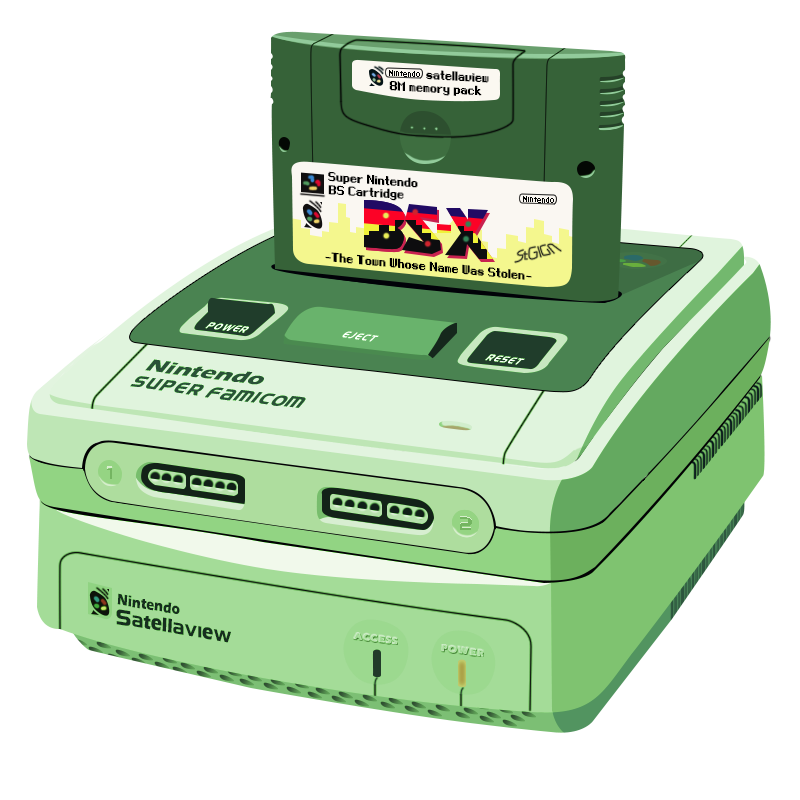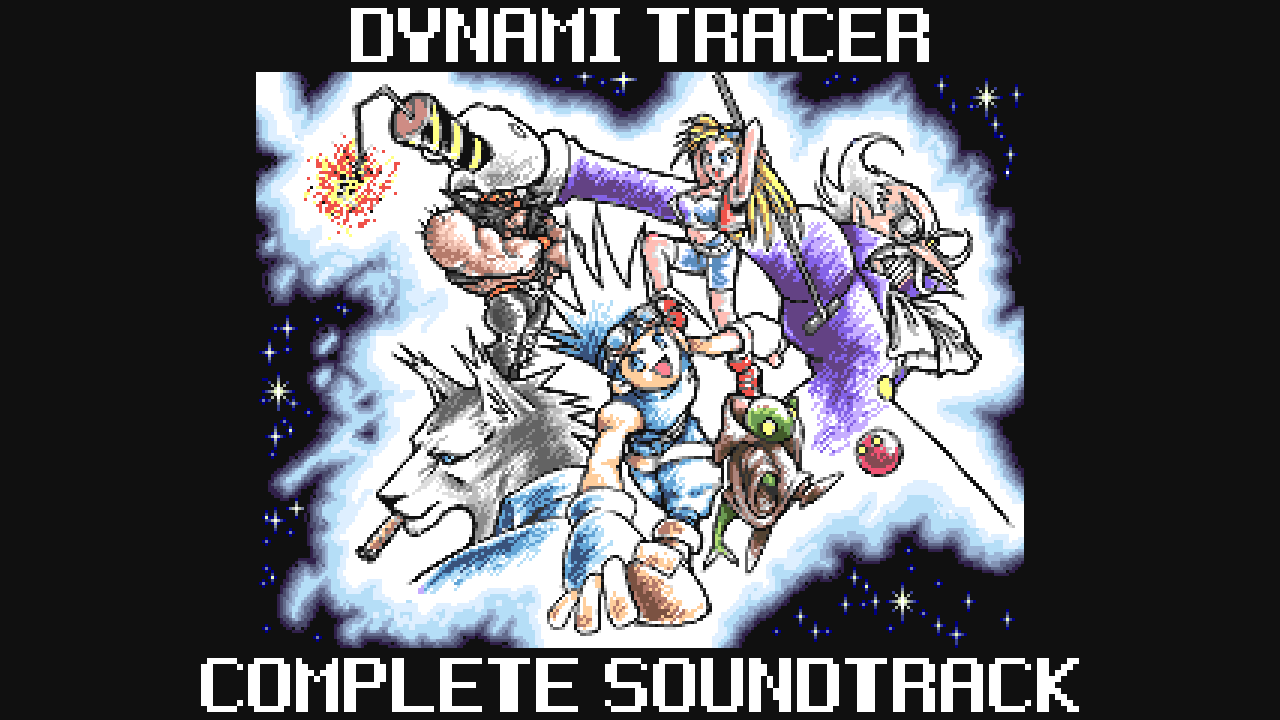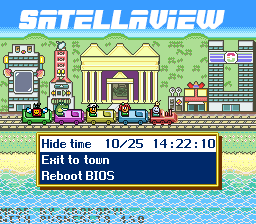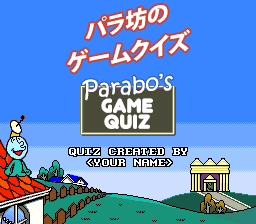NEXT Generation - May 1995
I came across an article from the game magazine NEXT GENERATION from May 1995, that features a preview of the Satellaview expansion for the Super Famicom.
Considering the publication date and the release date of the Satellaview (late April ‘95), it is safe to assume that this was written using pre-release information which can explain some inaccuracies. Hindsight is 20/20.

The article
The transcription is in blue. My comments in green.
>Nintendo initiated the project with the acquisition of a Japanese satellite company last year. The "Super Famicom Broadcasting" program kicked off in March with selected demos, game tips, and forthcoming attractions. Nintendo is stressing that the channel is adult-oriented and that videogames will constitute only a small component of its airtime.
The Super Famicom segment is called Super Famicom Hour (スーパーファミコンアワー sūpā famicon awā).
While the initial intent may have been to aim for more educational or adult-oriented content of various types, most of it will end up being videogames.
>To receive the broadcasts, SFC owners will need a separate Satellaview upgrade box which will plug into the small expansion slot on the base of the machine. Inside the box is 1MB of ROM (containing the operating system) and 512K of RAM to boost the SFC's paltry onboard memory.
They refer to the Satellaview as an upgrade box that plugs into the Super Famicom. That's an odd way to phrase it, and then they write that inside the box is 1MB of ROM (containing the operating system).
That last part is a bit of a stretch. The Satellaview itself doesn't contain ROM. The BS-X cartridge (bundled with the Satellaview) is a slotted cartridge of 1MB (8Mbits) of ROM that is the operating system (nowadays it's referred to as the BIOS). That cartridge also contains 32KB of SRAM (battery backed) where the saves of the Satellaview games are stored.
It is correct that there is 512KB of RAM in the Satellaview in contrast to the 256KB (128KB of Work RAM, 64KB of Video RAM and 64KB of Audio RAM) for the Super Famicom.
>The unit will be packaged with its own power relay unit, a custom AC adapter, and an AV selector. Users will also need a tuner and a parabolic antenna to actually receive the satellite signal, but many TV sets in Japan already have this equipment built in.
>The whole setup will cost around ¥14,000 ($150).
This ended up being ¥18,000 including shipping. Compare that to the price of ¥25,000 for the Super Famicom on release in 1990.
>A subscription to the St GIGA satellite's BS-5 channel will also be required, but the cost of this is likely to be nominal.
I can't find any reliable evidence (with sources) of that. According to Wikipedia:
データ放送を受信するには受信機器を揃えるのみでよく、セント・ギガとの受信契約や有料放送を受信するためのBSデコーダーは必要としなかった。
(Read: Receiving data broadcasting required only a set of receiving equipment and did not require a subscription with St. GIGA or a BS decoder)
The BS decoder was used for the paid broadcast of the regular St.GIGA programs (the radio programs outside the Super Famicom Hour) which were scrambled.
>The actual Super Famicom Broadcasting session (which takes place daily from 4 to 7pm) will be unencrypted, which means that games will be free to download.
Which is why the BS decoder was not required.
>Instead, Nintendo will run the system like a commercial television station, selling ads to companies and arranging sponsorship of events.
>Nintendo hopes to sell around two million units of the system in its first year on sale, even though it will only be available by mail order, it has already announced plans for accessories, including a 1 MB flash memory card (which looks rather like a Game Boy cartridge) to supplement the base unit, which has only 256K of save-game memory.
The 8Mbits memory pack that can be slotted into the BS-X cartridge was available on release (one was bundled with the Satellaview). Extra ones could be purchased for ¥5,000 from retailers or from Nintendo.
The Satellaview doesn't have 256K of save-game memory, it has 512KB of PSRAM, which serves as Work RAM or temporary storage for small content and is not solid-state memory (the content is lost on reset).
>The retail price has yet to be confirmed, but the card's large storage capacity means that gamers who need extra memory should only have to buy one. The only two firms known to be supplying games for the system so far are Nintendo and Square Soft (which is 20% owned by Nintendo). However, Atlas, Konami, Taito and Data East are also considering developing for it.
>The possibility of multiplayer versions of Square's celebrated RPGs may well prove irresistible to the Japanese.
Apart from the already existing local multiplayer experience (like Secret of Mana), there is no special multiplayer on the Satellaview. It's a one-way connection (only downstream) because it's a satellite broadcast.
>Nintendo is hoping that its satellite venture will help calm fears that the dominant force in the industry is stagnating. The Virtual Boy has not been particularly well-received, and there have also been doubts about the state of the Ultra 64 deal with Silicon Graphics. Falling profits on SFC software and hardware means that Nintendo is now on the defensive. The Satellaview will be seen by many as Nintendo's chance to redeem itself.
Narrator: it was not.
>It could also be Nintendo's best attempt yet to build the gaming network of the future. And if it succeeds, then US gamers have something to look forward to.
Narrator: it did not.







Share this post: